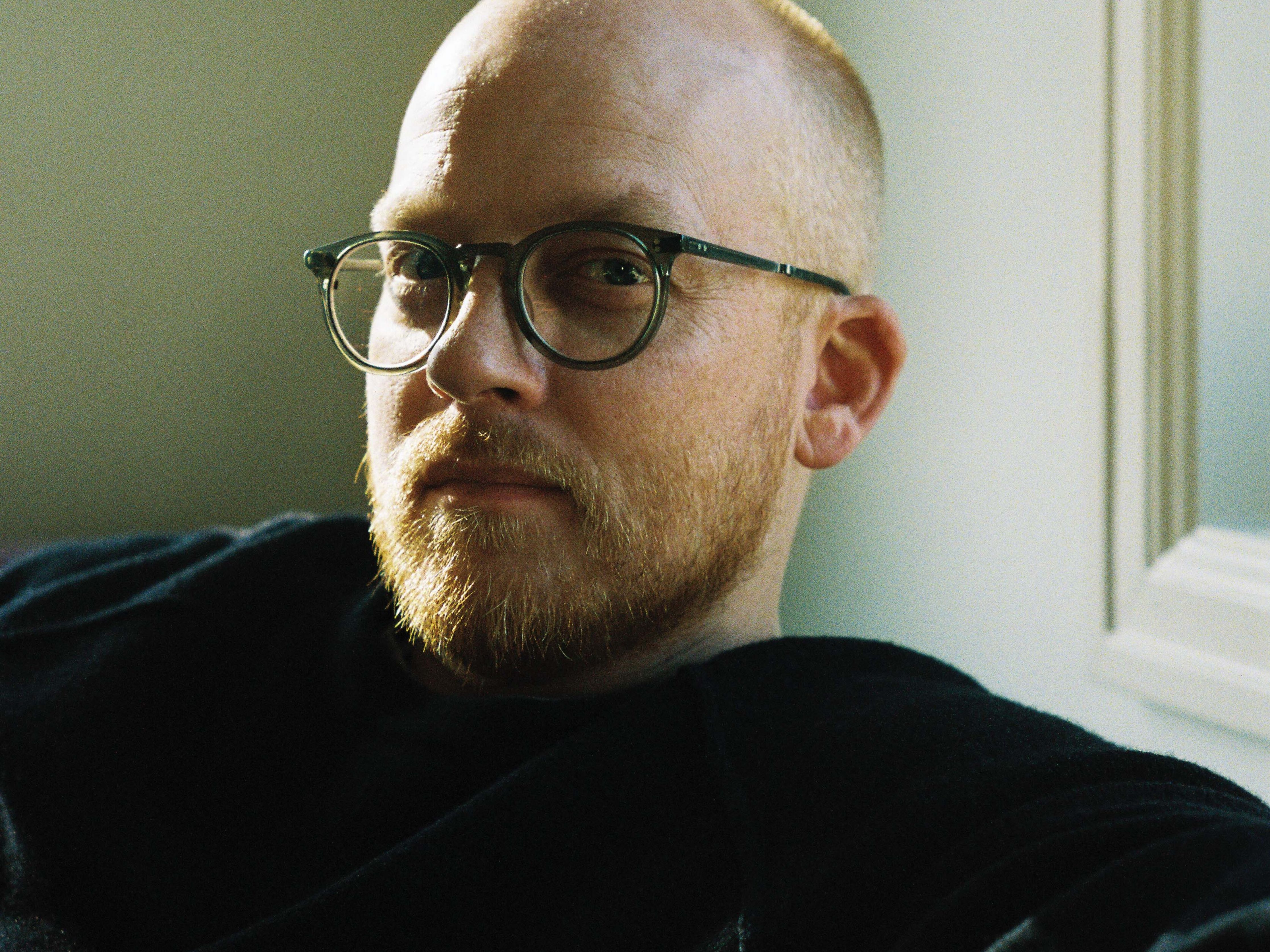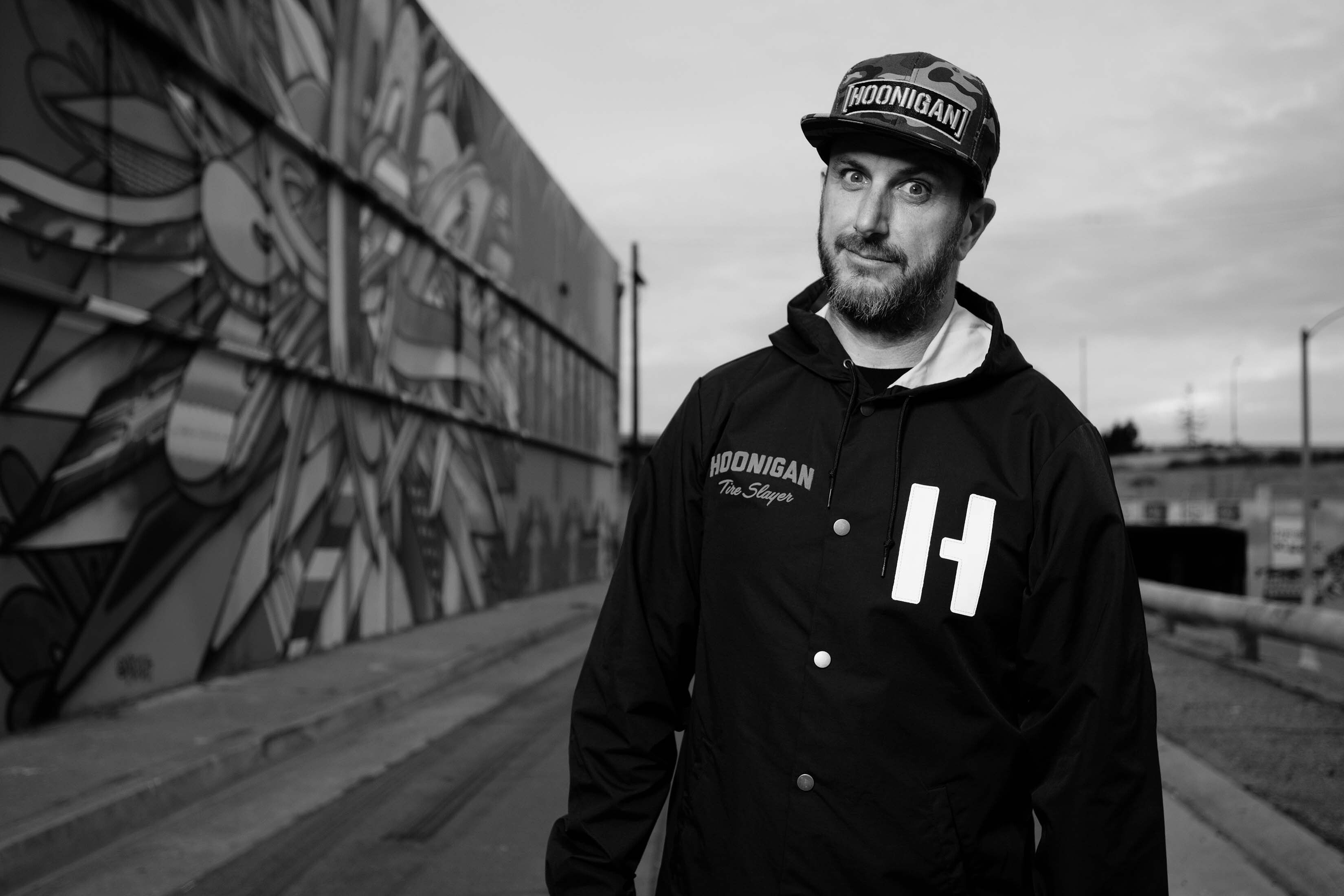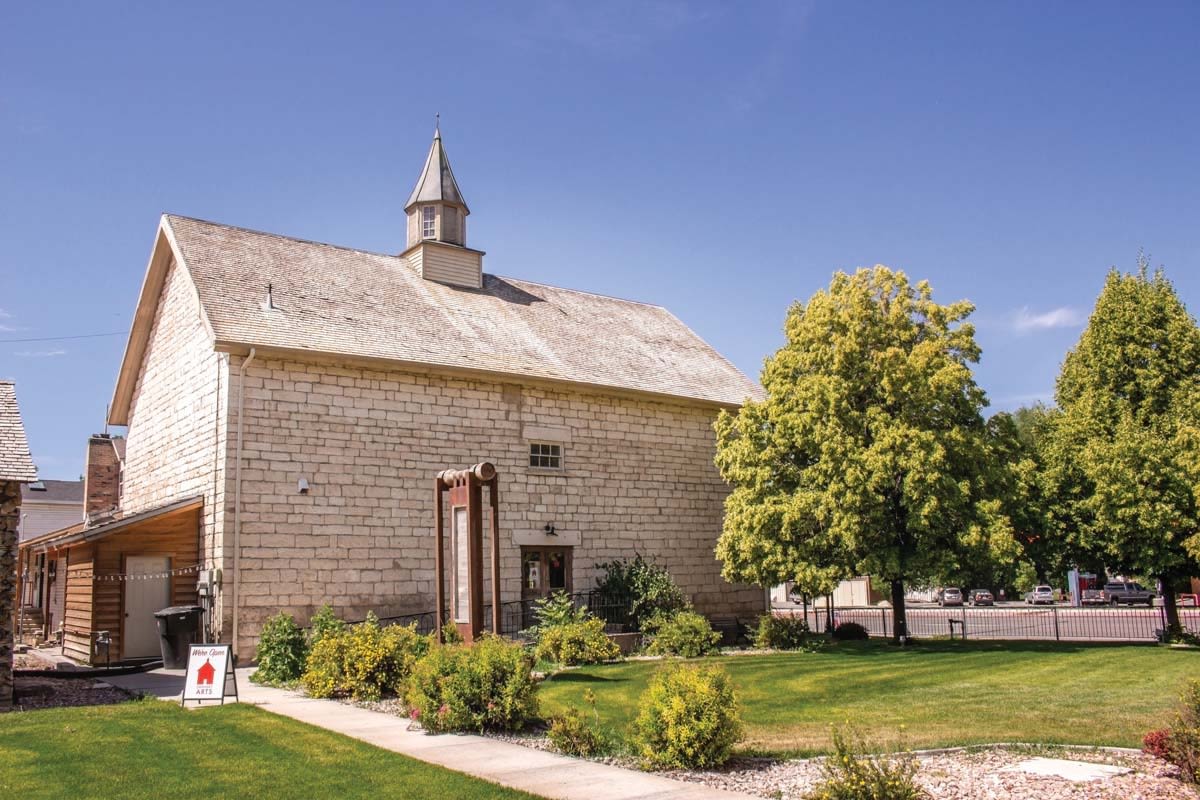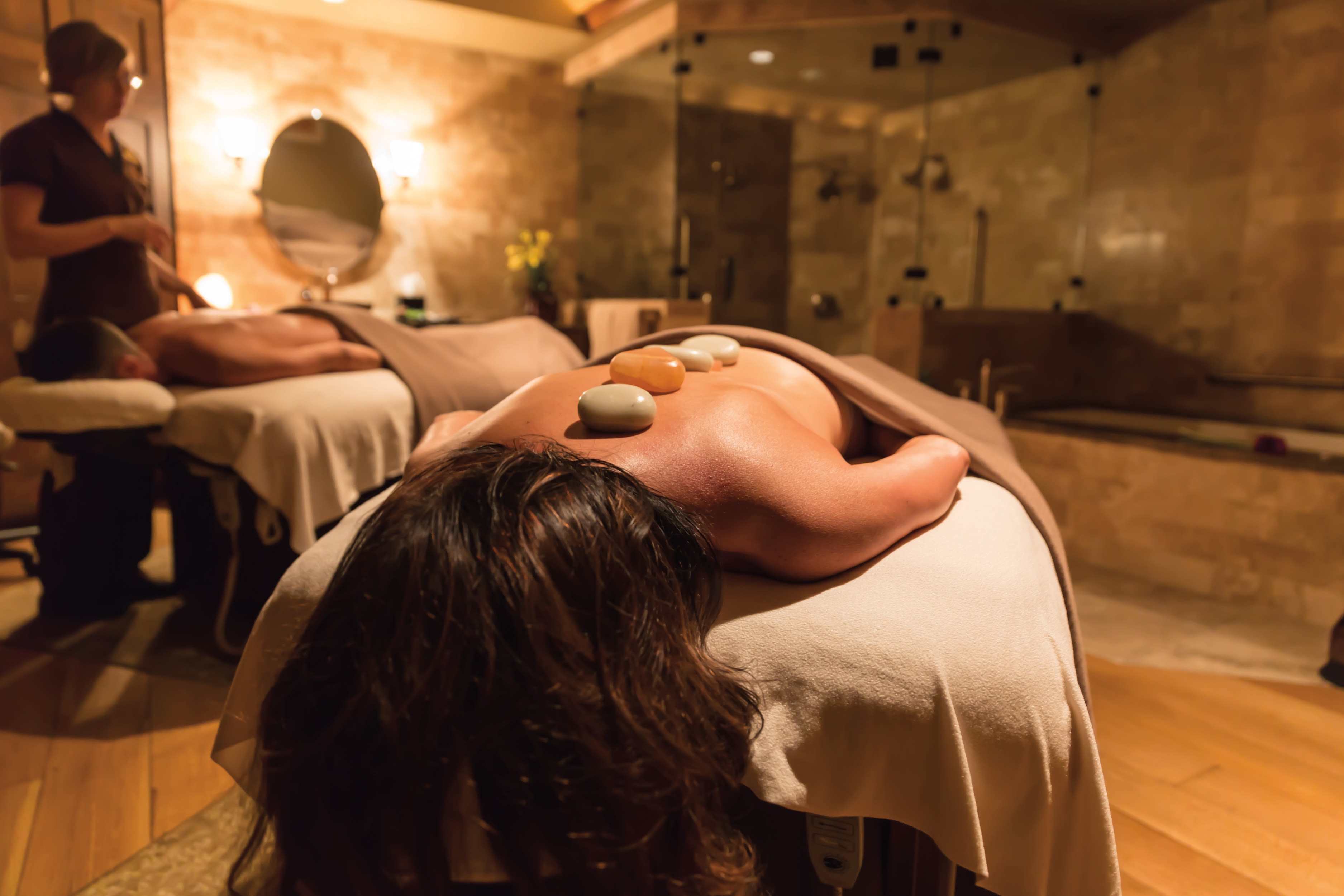Tumbleweed Redux
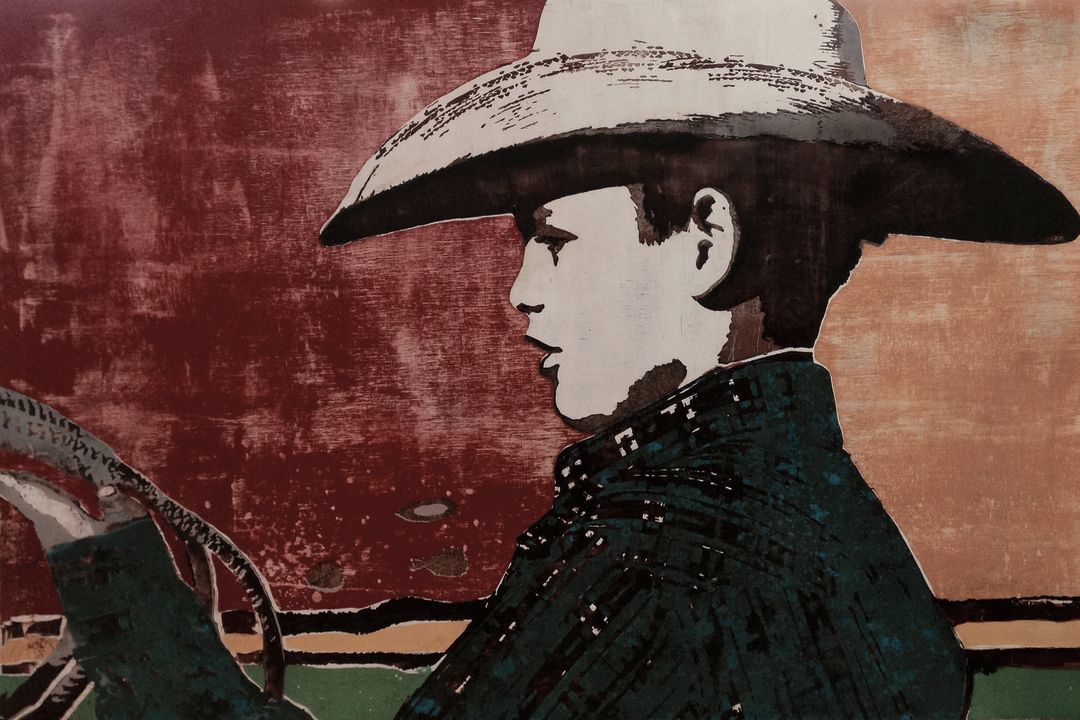
Image: Gallery Mar and JGO Gallery
There’s a new West in town. But those enamored of cattle drives, cowboy boots, and Colt 45s needn’t worry. Step into any gallery along the Rocky Mountain corridor these days, and you’ll still find plenty of familiar imagery. But more and more you’ll also find your western American art dressed up in contemporary threads.
This Old West in new clothes isn’t really new. The early 1900s’ Taos masters who helped establish the western genre—artists like William Herbert Dunton and Joseph Henry Sharp—may have been academically trained, but they were quickly followed by American modernist painters like Marsden Hartley and Georgia O’Keeffe. The iconography remained, but the styles changed.
Even so, until recently the greater genre seemed frozen in representation and romanticism: realistic or slightly impressionistic renderings of, say, a teepee along a river bank or a rancher following his Holsteins, executed in palatable tones and a comfortable style. You could call it Rocky Mountain realism, and you’ll find it in homes and galleries from Sun Valley to Santa Fe.
Increasingly, though, you’ll find these works alongside paintings in minimalist, conceptual, expressionistic, or pop styles. Gallery owners and artists aren’t likely to talk about this shift in terms of “trends,” a dirty word in a profession where authenticity is a commodity. But when galleries are doing their job, they not only follow but help to set trends, and in many cases the evolving nature of the western genre is a reflection of the tastes and artistic journeys of the dealers themselves.
Diane Stewart had been collecting art for decades when she opened a new gallery space in downtown Salt Lake City last year. By calling it Modern West Fine Art (177 E 200 South, 801.355.3383, modernwestfineart.com), she declared her brand: a place where traditional western iconography and issues found expression in contemporary styles. It reflects her personal journey as a collector. “I don’t hang anything [in the gallery] I wouldn’t hang in my own home,” she says. Though the early Western masters are where her passion for collecting began, her aesthetics have broadened over the years. Her visits to Santa Fe and Taos are now matched by trips to New York and Paris. “The more art you see and the more you learn, the more your tastes evolve,” she says. “You kind of want bigger, deeper, brighter.”
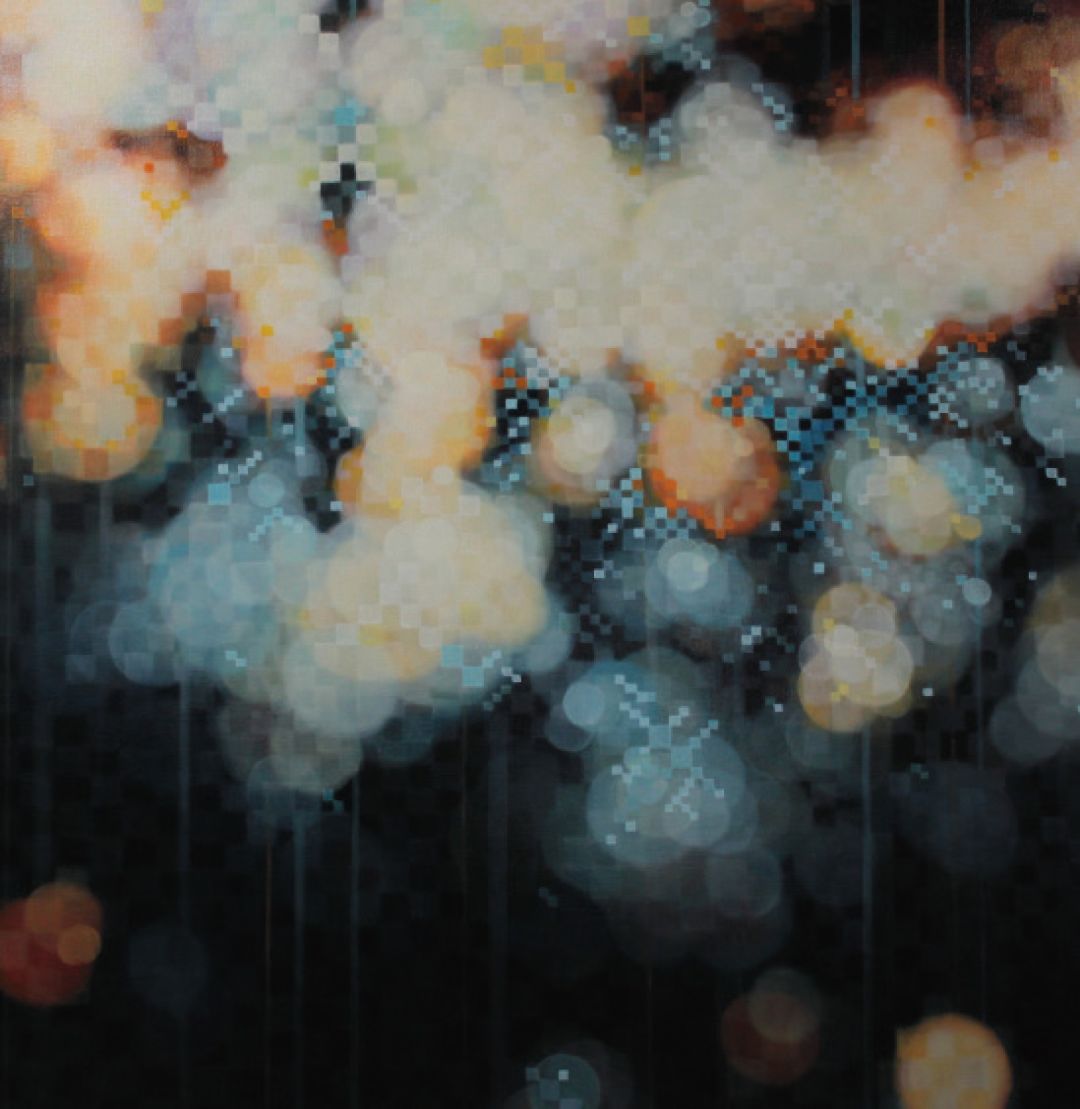
Image: Gallery Mar and JGO Gallery
Jude Grenney and Curtis Olson have been on a similar journey. When they opened Old Town’s JGO Gallery (408 Main St, 435.649.1006,jgogallery.com) in 2010, they were excited to share their passion for contemporary art, but they felt many of their clients were not ready to completely abandon their taste for traditional western landscape paintings. So they chose art that “was modern/contemporary but still gave a nod to traditional western art tropes,” Grenney explained. They’ve found plenty who have been willing to come along for the ride, especially a younger demographic little interested in tradition. So much so that now, “we are not limiting our collection to western-style art, but to pieces that show the hand of the artist, those with an intellectual basis that stirs an emotional response,” Grenney explains, “works like Jenn Shifflet’s Blue Rhythms.”
Stewart points out that western art has endured as a genre because it has a very strong visual mythos, familiar to almost anyone: the white and the black hat, covered wagons and majestic mesas, rolling tumbleweeds, and the bleached bison skull. “They want some contextual reference to something familiar,” Stewart says of her collectors, “but they want it expressed in different ways.”
Artists like Gallery MAR’s (436 Main St, 435.649.3001, gallerymar.com) Maura Allen, who was recently featured on the cover of Southwest Art, are transforming these icons of the West into modern design elements that can look as at home in white-on-white modernist interiors with chrome-lined furniture as they do in pine-wood mountain retreats. Gallery MAR owner Maren Bargreen says her gallery shows art “for the contemporary mountain home.” And when she stresses that Allen’s subjects are “are all living, working cowboys and pueblo scenes from the West,” she’s pointing to a powerful dynamic of the Western myth: the search for authenticity. “Allen’s work seeks to remind us that although western civilization continues to progress, the lifestyle and methods of the cowboy culture are still very much alive here,” Bargreen says.
For other artists, the myth of the West provides the most fertile grazing. Artists like Andrew Bolam (Mountain Trails Gallery, 301 Main St, 435.615.8748, mountaintrailsgalleries.com) and Billy Schenck (Modern West Fine Art) have turned to pop as a way both to celebrate and to deconstruct the place they love. Bolam isolates images of historic Native Americans and iconic mountain wildlife against flat backgrounds so that they become detached pop icons, almost like playing cards. Schenck both undermines and celebrates various western art tropes, painting the grand vistas and rugged cowboys of the West with his artistic tongue firmly in cheek.
The healthy following that artists working in the New West genre are enjoying indicates that plenty of collectors and aficionados are embracing this contemporary shift. Part of the myth of the West has been that it is big enough and broad enough for everyone to carve out a place in it. And that may be what is happening to the art genre that carries its name. The pastures are no longer confined to one—sometimes sacred—cow.

